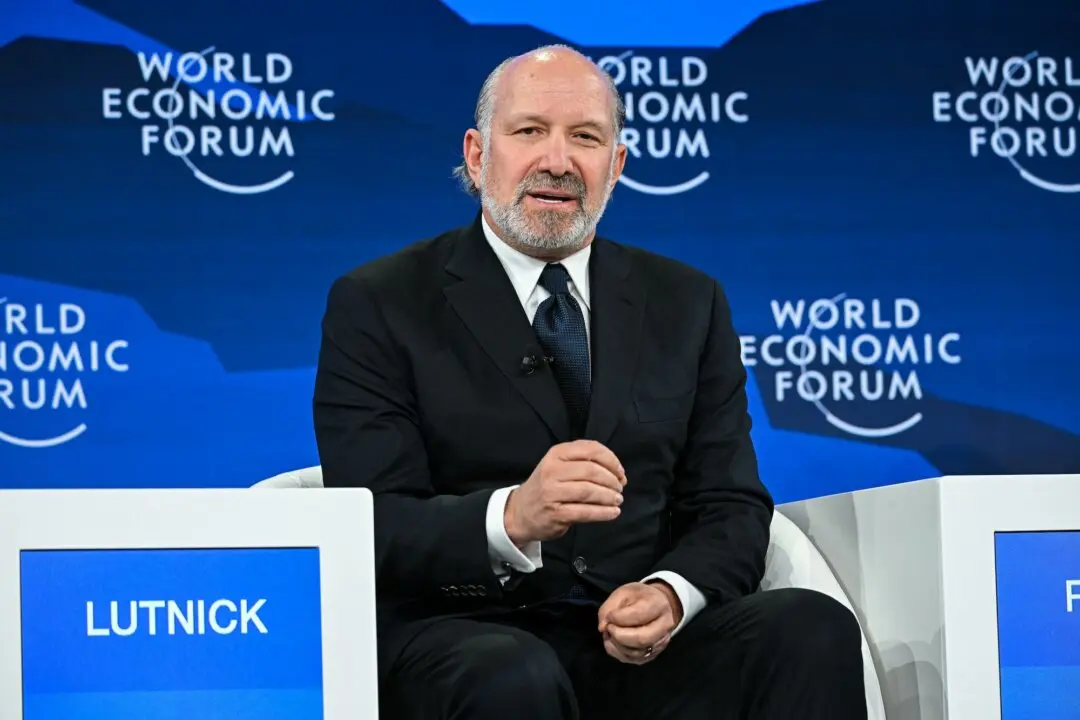The field of Democrats vying to win their party’s nomination for a chance to oust President Donald Trump in 2020 is the biggest and most diverse in history. What unites them is an allegiance—to varying degrees—to a controversial policy framework that seeks to reforge America’s economy in line with the vision of a “clean energy” future.
A successful Democratic challenge to Trump would likely see a figure in the Oval Office whose policies are based on—or in sympathy with—the expensive and expansive Green New Deal (GND). It is both a concept for a radically new “clean energy economy” and the engine that is supposed to drive growth and jobs.





